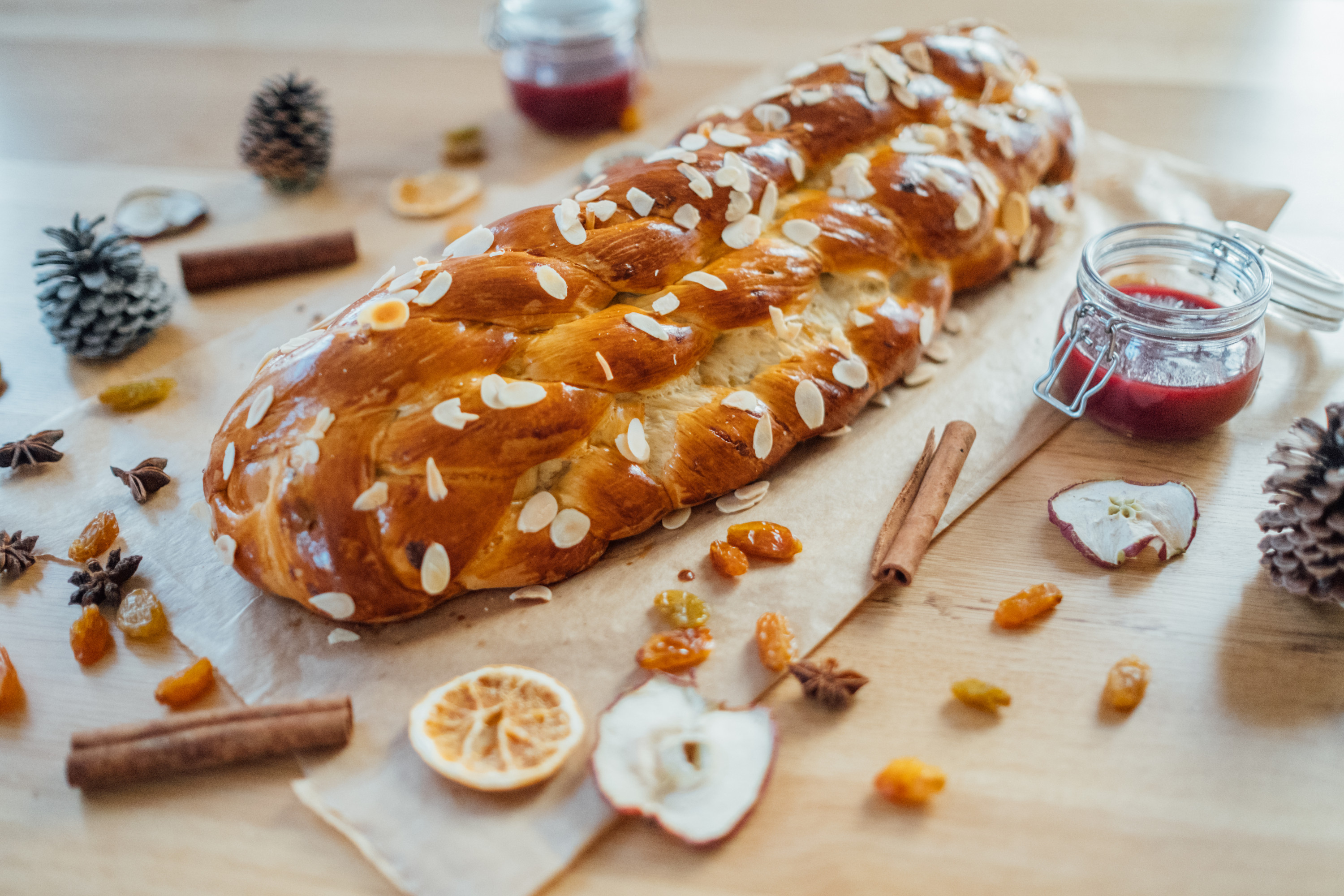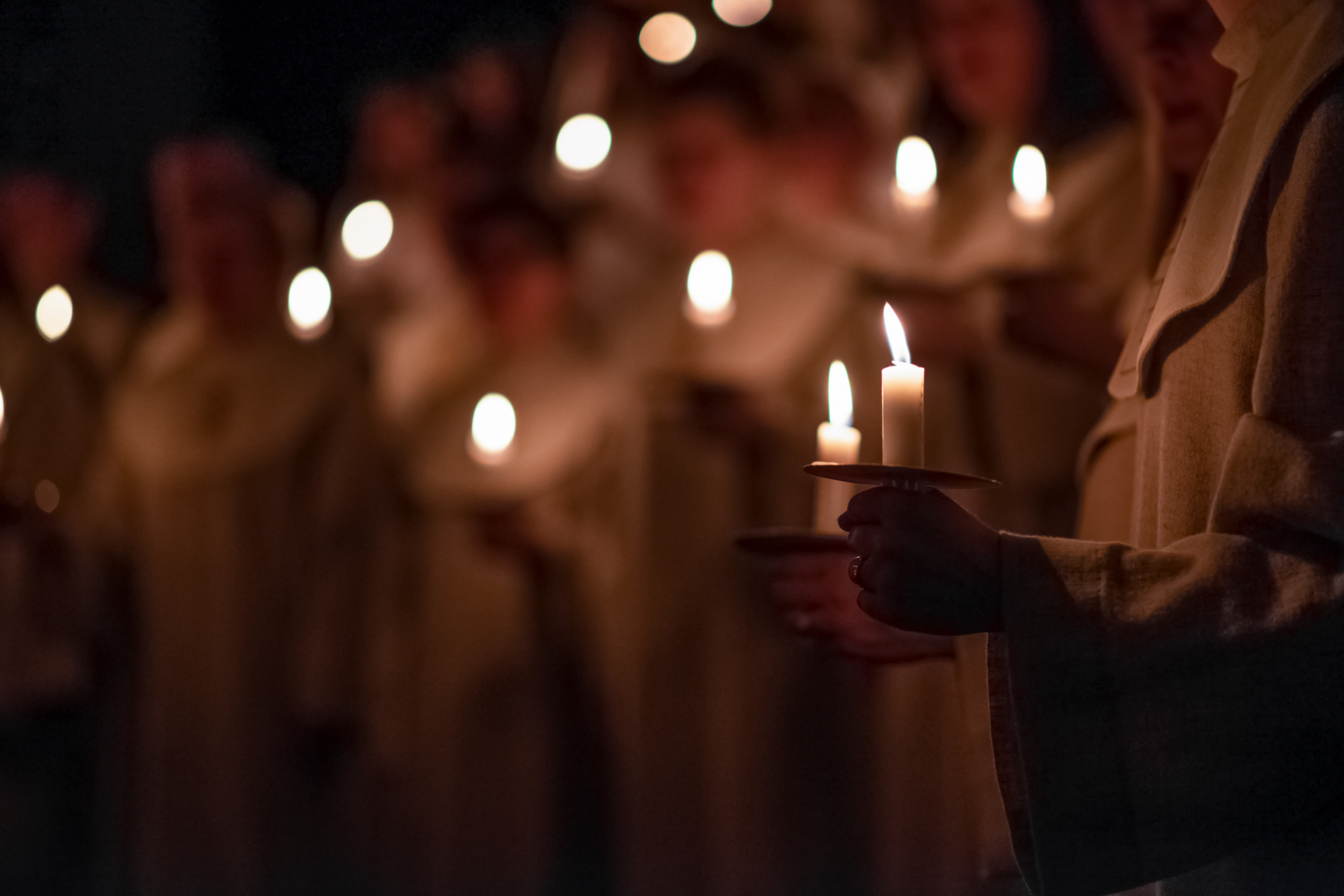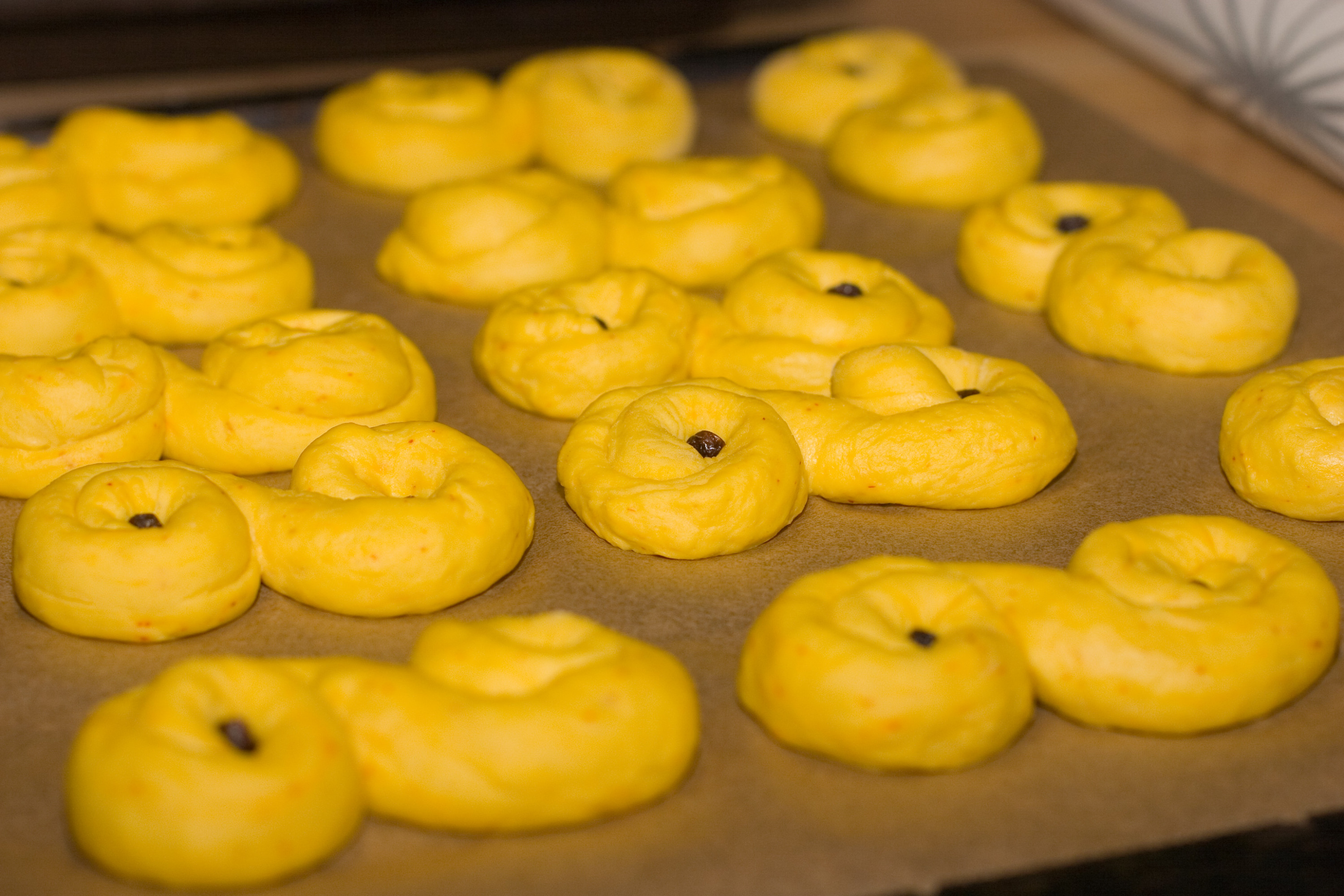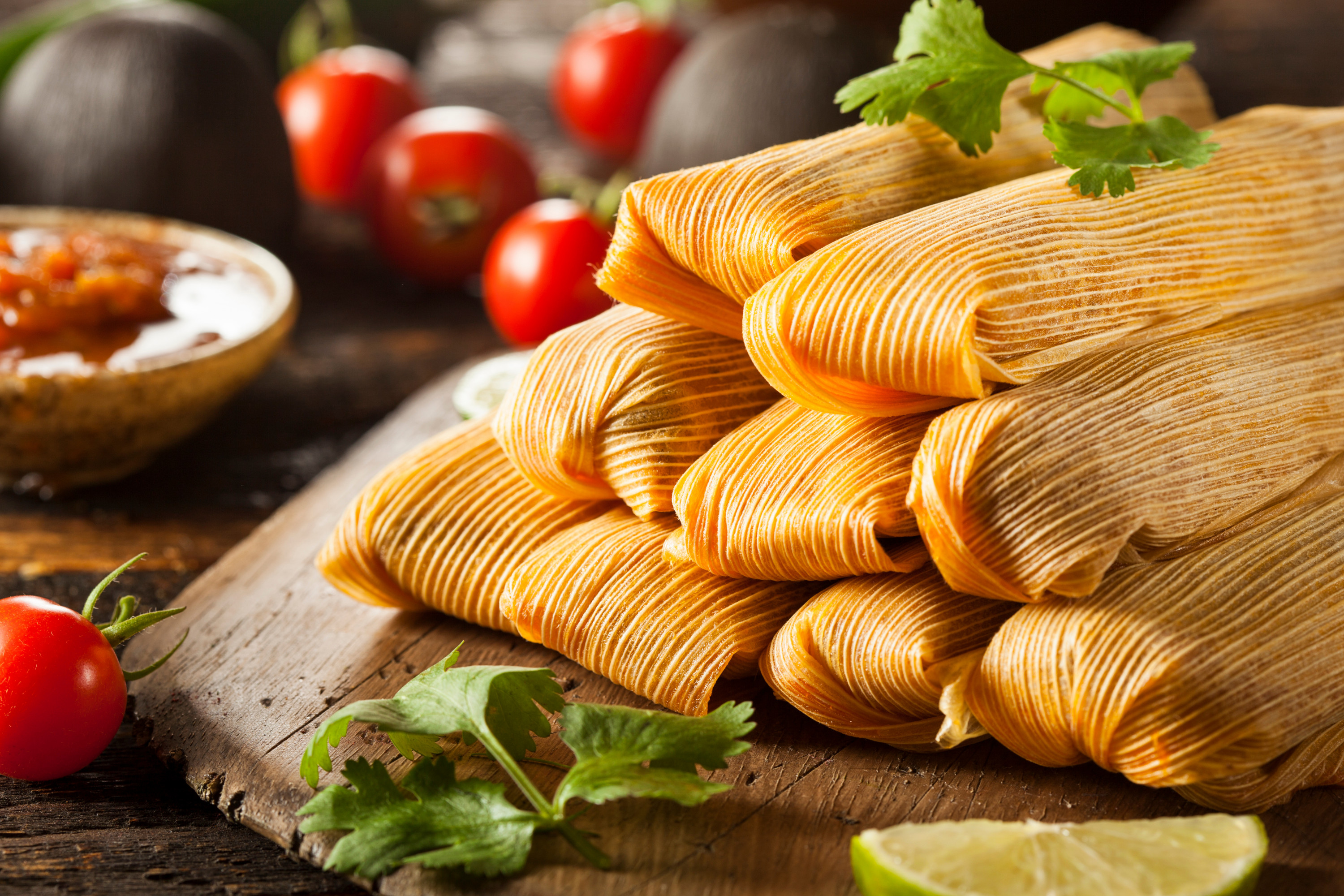Generations of Texans in East Williamson County will honor their families’ legacies as they usher in the holiday season this year.
In addition to their beloved Texas observances, Czech, Swedish and Hispanic holiday traditions will be front and center for many in this region.
CZECH TRADITIONS
In Granger, Mayor Monica Stojanik shared her research on Old World Czech customs, which she explained comprises traditions, old wives’ tales and superstitions.
“Many of these have been forgotten over the years and some are still observed and practiced by Czech families here in Texas — adding curiosity and mystery to the Holy Night and Christmas Day,” she said.
One of her favorites is the legend of the Golden Pig.
“You’ll see a golden pig flying high in the sky in the evening hours before midnight if you don’t eat meat on Dec. 24, and typically they fasted,” she said, “but they also spent the day drinking.”

Stojanik said many of the customs were focused on ensuring good harvests.
“In the past, people lived off the land and were very self-sufficient. They depended on the harvest of their crops and the fertility of farm animals and pets during the cold and bitter winter months. Many traditions and practices were supposed to ensure a good harvest in the next year. The customs focused on their survival and ensuring good fortune for the future, health, children or love,” she said.
A good example is the many ways Czechs use the traditional Christmas bread, vánočka, a sweet, braided bread made from yeast dough with raisins, almonds and sometimes citrus zest. The shape represents the baby Jesus swaddled in a blanket.
The mayor said feeding a piece of vánočka to cows on Christmas Eve will bring lots of milk all year. Putting a few vánočka crumbs in front of a beehive ensure the bees produce enough honey the next year and throwing a piece of vánočka into a well promises good quality water all year long.
Apples play a role in Czech family Christmases, too.
“Feed the goat an apple on Christmas Eve, and its milk will be sweet. After dinner on Christmas Eve, Czechs cut an apple in half and examine the pattern of the seeds to get an idea about their future health,” she added. “If the seeds are in a star shape, expect good health and a good year. If they appear in the shape of a cross, don’t expect anything good.”
Some other Christmas traditions that crossed over to the New World are the hanging of mistletoe (a kiss under it ensures long-lasting love), placing the baby Jesus in a Christmas crib and, of course, eating jitrnice, pronounced yeetern-eet-zhe, the European-style Czech sausage made with pork, beef, rice, onions and assorted seasonings, after Mass on Christmas Eve or for breakfast on Christmas Day.
Stojanik also shared highlights of New Year’s traditions in the Czech Republic.
“New Year's Eve is known as St. Sylvester's Day because Dec. 31 is his feast day. Since he was born in Prague, Czechs feel a deep connection and have big celebrations in his honor with good food, drink and dancing,” she said. “And still today, we substitute lentils for black eyed peas.”
Traditionally, the Czech menu on New Year’s Day consists of pork, greens, lentils and bread for good luck. Most people eat ham, but others enjoy sausage, ribs or bacon.
“Leafy greens resemble folded paper money symbolizing wealth. Many people will eat cooked cabbage or sauerkraut,” Stojanik said. “The tradition of eating lentils started in ancient Rome, where they were a very valuable crop. Jars of lentils were exchanged on the first day of the year. Their coin-like shape represents wealth and good fortune.”
To learn more about Czech holiday traditions, the Texas Czech Heritage and Cultural Center in La Grange is hosting a Czech Christmas Open House from 10 a.m. to 3 p.m. Dec 9. Visit www.CzechTexas.org for details and updates.
SWEDISH TRADITIONS
According to the Texas State Historical Association, 25 Swedes immigrated to Texas in 1848, thanks to Svante Svenson and his uncle, Svante Palm, from northern Småland, which was plagued by famine.
By 1880, census records show while Taylor was predominantly settled by Czechs and Germans, hundreds of Swedes had also moved to this part of the state.

Taylor’s Mayor Brandt Rydell, whose family is Swedish, said that many still adhere to Swedish Christmas traditions.
“My dad’s family was 100% Swedish, while my mother was German,” Rydell said. “My family have been members of the Hutto Lutheran Church practically since its inception … the services are all in English now, but we still do some hymns in Swedish.”
The most prominent holiday Swedish tradition in the area today is the celebration of Santa Lucia of Syracuse, the patron saint of Sweden, on Dec. 13. She brings light to the cold winter darkness and shorter days.
“We alternate the program, so that one year we celebrate the traditional biblical story of Mary and Joseph and the baby Jesus, and then the next year we focus on the Swedish celebration of Santa Lucia,” Rydell said.
Citing his German roots, the mayor mentioned his family also celebrates St. Nicholas Day (Dec. 6) where, on the eve of St. Nick’s day, the children set their boots outside the front door. If they’ve been good, they’ll find their footwear is filled with candy and toys from St. Nick the next morning.
Donna Fowler, former first lady of Hutto (husband Mike Fowler is the former mayor), has been running the youth program at the Hutto Lutheran Church, 402 Church St. in Hutto, for decades. Rydell considers Fowler to be the area’s resident expert on the Santa Lucia celebration.
“My mother-in-law, Vee Fowler, who is full-blood Swede, encouraged me to re-introduce the Santa Lucia celebration, and her cousin in Sweden sent a very detailed letter in English explaining everything — he also sent me the crown of lights,” Fowler said. “It was just something different and meaningful we were looking for the youth to do as the Christmas program, and we got it started in 1979.”
While the program appears very simple and beautiful, there are a lot of moving parts that require intricate preparation, which is why the church alternates between programs every year. The Santa Lucia program takes place on even-numbered years.
Originally the crown, worn by the oldest girl who represents Santa Lucia, was equipped with lit wax candles, but today, Fowler prefers they use battery-operated candles for safety.
“I remember one year we had a foreign exchange student from Sweden who insisted on using real candles, but I did learn from her that you put a little damp cloth on top of your hair (under the crown) for safety,” she added. “I still prefer using the electronic ones.”
Santa Lucia is considered a saint because she was a Christian martyr, but this program intentionally celebrates her generosity and kindness.
“Sweden is in the dark most of the winter, and the idea was to bring light into the homes — but the original story has to do with the famine in Sweden and how this young Italian girl would bring food and drink to the starving Swedes,” Fowler said. “There was so much water in Sweden that everybody traveled by boat, and she was seen in a boat with her crown of lights, which she wore so she could see.”
The boys represent stars and wear white robes and tall hats with stars on them. The girls represent Santa Lucia’s handmaidens and also wear white robes and, of course, Santa Lucia appears in flowing white robes with a crown of lights.
“The children hand out homemade Swedish saffron buns during the ceremony, sometimes made with cardamom. Everybody loves the S-shaped buns, but they can be made in other shapes, too,” Fowler said.
SAINT LUCIA SAFFRON BUNS RECIPE

INGREDIENTS
- 1 cup milk, scalded
- 1/3 cup butter
- 2/3 cups sugar
- 1 yeast cake
- 1 egg, beaten
- 3 ½ cups sifted flour
- 1 cardamom seed, crushed
- Raisins
- Pinch of salt
- Pinch of saffron
DIRECTIONS
- Add butter, sugar and salt to the hot milk and stir until dissolved.
- Cool mixture to lukewarm and add crumbled yeast cake.
- Stir well and add beaten egg.
- Gradually stir in flour and add the cardamom, then beat thoroughly.
- Place dough in a greased bowl, cover and allow the dough to rise to double in size.
- Knead the dough on floured board for two minutes.
- Roll the dough into strips 5 inches long and half an inch wide.
- Place two strips in the shape of an X and curl at the ends to form an “S.”
- Place two raisins on the curl at each end.
- Place the newly formed buns on a greased baking sheet, cover and allow to rise for about an hour.
- Brush with beaten egg and bake at 400 degrees for 12 minutes.
HISPANIC TRADITIONS
Jesse Ancira III, chief marketing officer of Ancira Salsa and the son of Jesse Ancira, Jr., former mayor of Taylor, said his grandmother’s tamales are still the focal point of every Christmas gathering for his family — with a heaping side of Ancira Salsa, of course.
“We are big on our Texas pride as well our Hispanic roots, so we also have brisket tamales, a ham and mashed potatoes and all the fixings,” Ancira said. “But more than the delicious food, for Hispanics, celebrating together is most important.”

The traditional tamal, a Mexican dish of chopped or shredded meat and vegetables encased in a masa dough, is wrapped in softened cornhusks (in the interior of Mexico) or great big banana leaves (along the coast) and steamed.
Savory fillings are most common, but some fillings can even be sweet enough to serve as dessert.
Nothing says holidays in Texas like tamales. The mainstays can be crafted at home using cherished family recipes or purchased. Whether you make or buy, the tamale in all its glory is something to be revered.
Ancira also said you can’t let the holidays go by without indulging in pozole on New Year’s Day. Red pozole is a hearty soup with hominy and tender pork in a mild red chile sauce, garnished with crunchy fresh toppings.
Ancira prefers the green pozole, made with salsa verde from tomatillos and green chiles.
“Remind people that the pozole is best served with fresh flour tortillas,” he added. “And, of course, if it’s cold, we wrap things up with Mexican hot chocolate and buñuelo (the Mexican form of rosettes).”




Comment
Comments